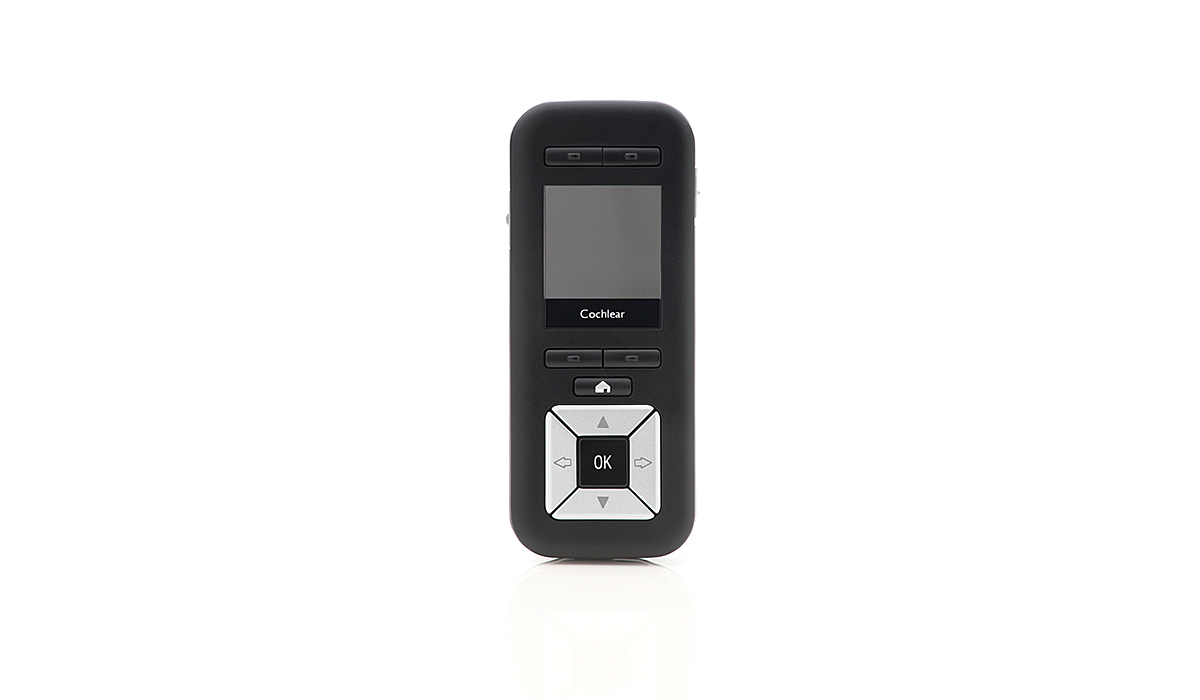What is a CI?
Acochlear implant (CI) is an electronic hearing aid whereby electrodes are implanted into the inner ear.It enables deaf and severely hearing-impaired individuals to hear.Using a CI paves the way for a wide range of hearing and speech especially in hearing-impaired children.
During surgery, the implant is placed in the bone behind the ear and is inserted under the skin. The electrode is inserted into the scala tympani of the inner ear (cochlea). (see graphic: “Cochlea and Electrode”)
The speech processor of cochlear implants enables the inner ear of the deaf – or virtually deaf individual – to do what it ordinarily cannot, or can no longer, sufficiently do: it records the sound, analyzing its level, pitch and timeframe incredibly fast, and converts it into electrical impulses which are sent via the transmitting coil of the speech processor to the receiving coil of the implant. From here these will be sent to a set of electrodes previously determined by the conducted analysis. The electrodes generated by its impulses stimulate the auditory nerve transmitting this stimulus to the brain again where the impression ‘hear’ arises. Thus, the whole process reproduces the natural distribution of sound in the ear by electronic means astonishingly effectively.






